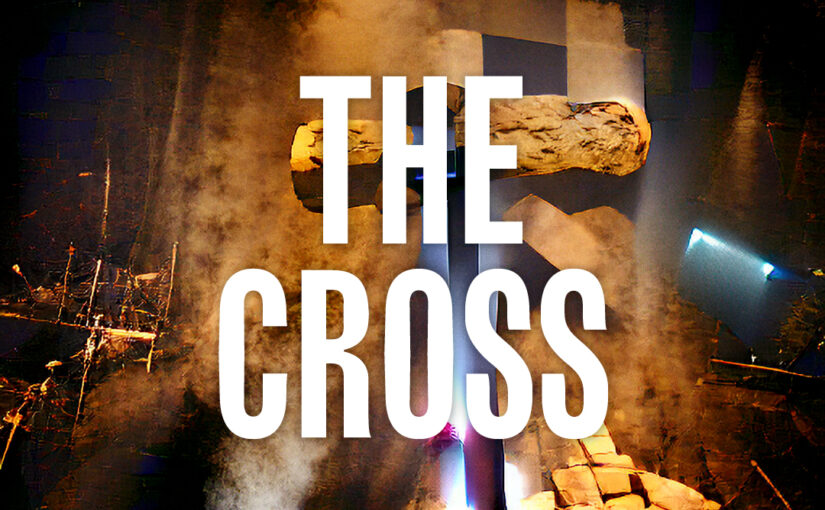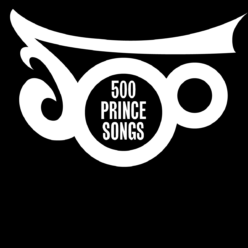Sign o’ the Times (1987)
Prince’s art rock masterpiece The Cross starts simply: a gentle two-chord strumalong, an occasional sitar-sounding flourish and Prince’s voice naked (except for some reverb) just as God intended. A drum joins in at the end of the second verse, a militant beat on the one and three to sound the procession of a soul heading towards its saviour. And at the song’s halfway point they meet. At Prince’s signal he unleashes heaven. A guitar drone explodes into life, the drums rock out and three of the four verses are repeated again with blazing intensity. With no chorus to provide any release, the tension increases until the final two lines where his vocals no longer stand alone before God and now swell with the sound of a thousand souls in transcendental rapture. It’s the redemption promised in The Ladder and delivered in Purple Rain, only this time without the shroud of poetry. It’s not his first song with a straighforward and unapologetic Christian message. However, tracks like God and 4 the Tears in Your Eyes were kept away from his albums. Prince recited the Lords prayer in Controversy and told us Jesus is coming in Let’s Go Crazy and (albeit backwards) in Darling Nikki but those felt like messages slipped through the back door. I Would Die 4 U came close but hid behind a messiah complex and was muddied by being the words of his father both off-screen and on. The message of The Cross is inescapable – don’t die without knowing Christ – and its symbolism is plucked straight from the Gospels. The title uses the most instantly recognisable Christian symbol and the line “there’ll be bread for all of us” nods to Jesus’s second miracle, a reference within the grasp of most primary schoolers. A little more esoterically, “ghettos to the left of us and flowers to the right” uses a traditional biblical metaphor of dividing people into sinners on the left and the blessed on the right, as described by Matthew (25:33). This has been depicted in art since medieval times, with crucifiction scenes usually placing to Jesus’s right the penitent thief whom he saves (Luke 23:43), while the unrepentent thief is placed to his left. The problem of this by-the-book symbolism is that The Cross was less flexible to roll with changes in Prince’s faith. At an awards show in 1998 he introduced a renamed version called The Christ, while lecturing us about the Jehovahs Witness belief that a single stake of wood was used in the crucifiction instead of the mistranslated cross. As he would later find when he renamed Sexuality, fans didn’t appreciate this messing with the classics. It was easier when he used his own symbolism as that didn’t need updating to reflect the dogma du jour. Larry Graham was not going to pull Prince to one side and tell him his views on the de-elevator were off-doctrine. Personally, I don’t care if it’s The Cross or The Christ, as for me the power of the song doesn’t lie in its lyrics or message. The true power is hearing the mindblowing sonic effect of Prince finally accepting into his life the Velvet Underground.

